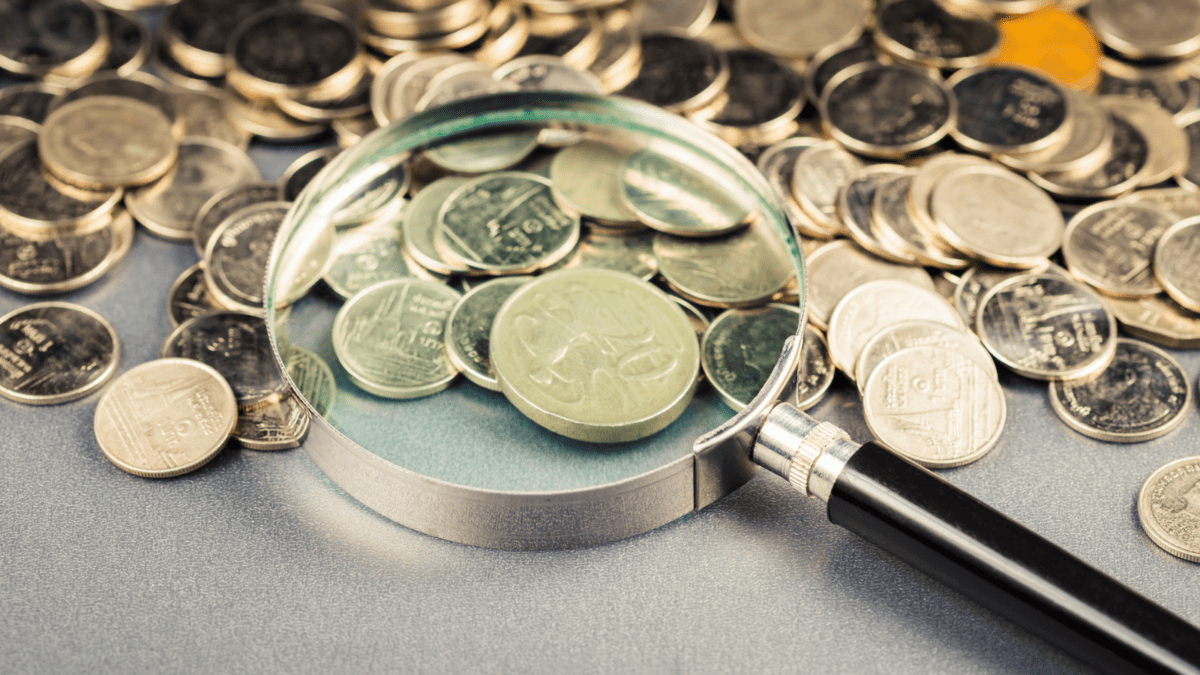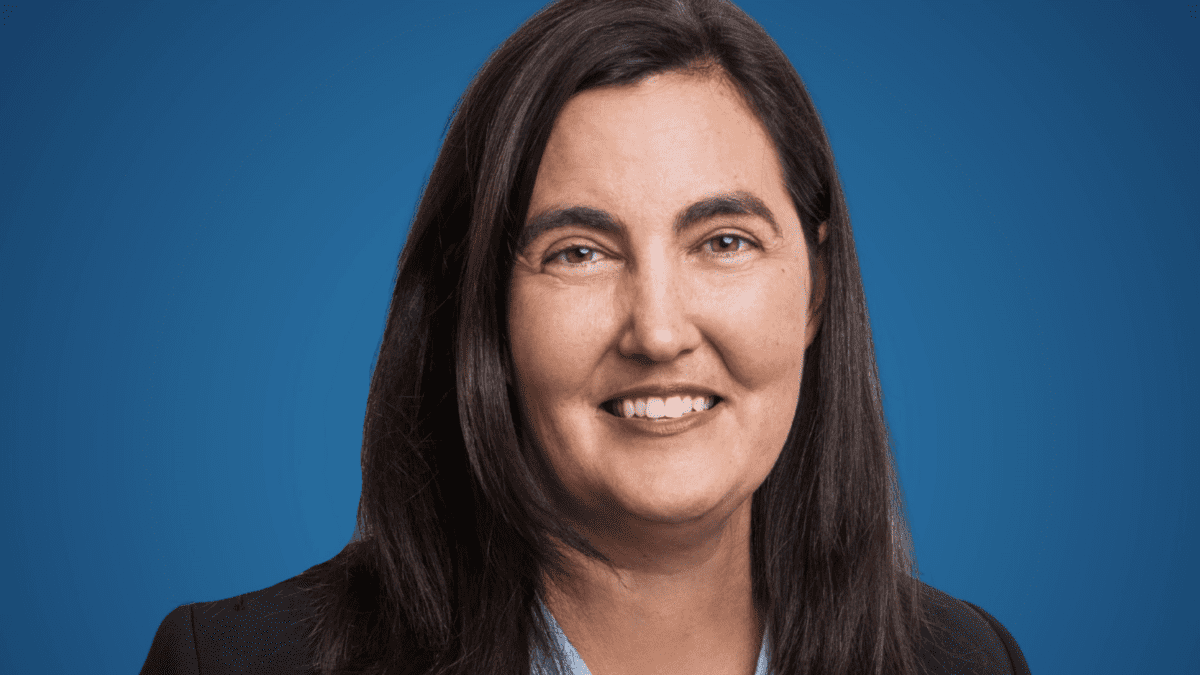Two winners for net-zero pledge
And just like that, Australia has joined the rest of the world in committing to be carbon-neutral, that is, in a net-zero-emissions state by 2050. While it may have taken a lot of toing and froing, we’re here. And it’s a big deal.
According to research firm Climate Analytics, “Australia is often ranked as having the highest per capita CO2 emissions in the world. Australia’s carbon footprint, including exports, is nine times higher than China’s, four times that of the US, and 37 times that of India.” And it makes sense, being the world’s top exporter of thermal and metallurgical coal, and also the world’s largest natural gas (LNG) exporter. So, some sort of promise to achieve net-zero-greenhouse emissions by 2050 is arguably a step in the right direction.
PM Scott Morrison said, “We believe we will be able to achieve a 35 per cent reduction in emissions by 2030: that is something we actually think we are going to achieve.” The PM argues that his government’s plan to achieve lower emissions will somehow keep heavy industries open. He said, “We want our heavy industries, like mining, to stay open, remain competitive and adapt, so they remain viable for as long as global demand allows.”
In this article, we’ll look at two companies that should benefit from Australia’s 2050 pledge to net zero carbon emissions.
Fortescue Metals Group (ASX:FMG)
From being one of Australia’s top iron ore giants shipping about 180 million tonnes of ore, the company has unveiled plans to ensure its survival in a sustainable world. Earlier in the month, chair (and founder) of Fortescue Metals, Andrew ‘Twiggy’ Forrest, revealed plans to build one of the largest hydrogen-equipment manufacturing facilities on earth, through subsidiary Fortescue Future Industries.
This initiative is a positive step that is aimed at helping to transform Fortescue from being a highly successful iron ore producer into a successful green renewables and resources giant. According to company reports, the Global Green Energy Manufacturing Centre will produce up to 2 gigawatts of electrolysers each year. That’s more than doubling global production. The process that splits hydrogen from water, electrolysis, can be completely carbon-neutral in the right circumstances, if the energy input is from renewable sources. Production of the technology should begin in early 2023.
Macquarie has an “outperform” recommendation with a target price of $25.00. The broker is confident that shares have room to grow given FMG’s tilt to hydrogen and “green” steel. The iron ore producer has taken a leading role in decarbonising its operations, and that’s great for the share price.
ETFS Battery Tech & Lithium ETF (ASX:ACDC)
ACDC isn’t a stock but rather a basket of stocks. The exchange-traded fund was launched in 2018 by ETF Securities and focused on the battery and lithium market. According to Morningstar, the ETF has returned a whopping 64.8 per cent over the last year, making it one of the best-performing funds. The reason for its success is its exposure to energy storage at a time when the electric vehicles and battery storage have started the long journey toward replacing fossil-fuel vehicles.
Companies in the fund include automakers like Tesla (NASDAQ: TSLA) and Nissan Motor Co (TYO: 7201), and conglomerates like Toshiba (TYO: 6502), Panasonic (TYO: 6752), and General Electric (NYSE: GE).
Why ACDC?
ETFs Securities lists three reasons why investors should buy ACDC –
- Efficient exposure to advances in battery technology and rising demand for lithium.
- Global coverage to capture the growth of the industry as a whole.
- Exposure to the green shift to renewable energy generation and storage
With the electric vehicle market in its infancy, energy storage and the supply chain and production for battery technology and lithium mining should continue to do well for the foreseeable future.








